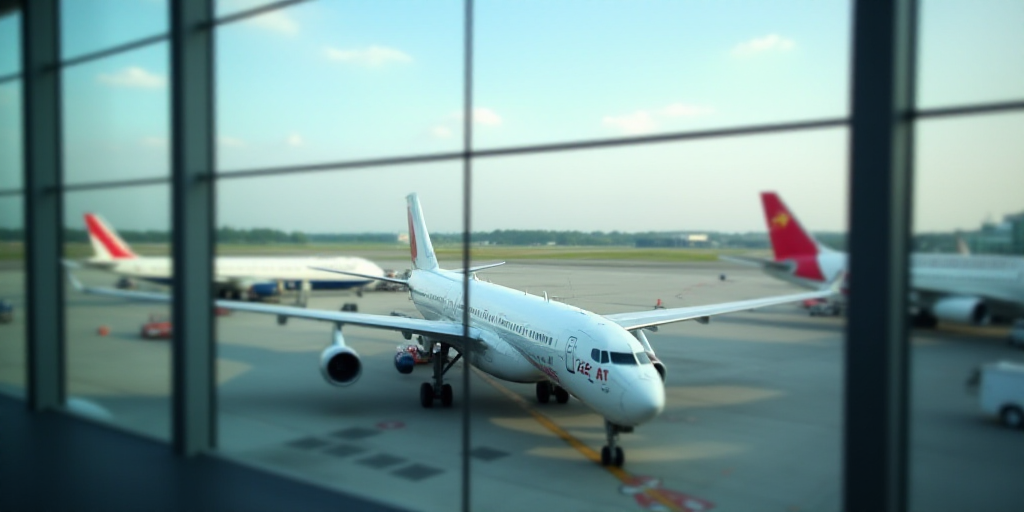Background on Air Canada and the Strike
Air Canada, Canada’s flagship airline, is known for transporting 130,000 passengers daily to 180 cities worldwide. Recently, the airline faced a significant disruption due to a strike initiated by its 10,000 cabin crew members.
The Strike’s Impact
- By Friday night, Air Canada had canceled 623 flights in recent days, affecting over 100,000 passengers.
- The strike caused the gradual reduction of Air Canada’s operations, with the airline announcing flight cancellations before the official start of the strike.
Government Intervention and Resolution
In response to the strike, Canadian Labor Relations Board (CLRIC) ordered Air Canada to resume operations and for all cabin crew members and Air Canada Rouge staff to return to their duties by 2:00 PM EDT on August 17, 2025.
Canadian Minister of Labor, Patty Hajdu, invoked a legal provision to compel both parties to engage in independent arbitration through the CLRIC.
The Minister believed that the strike would only increase the financial burden on Canadians.
Union’s Demands and Criticism
The Canadian Union of Public Employees (CUPE), representing the striking members, had warned that their members would remain on strike until forced back to work by the government.
- The union’s demands included salary increases and addressing unpaid groundwork, particularly during the boarding process.
- CUPE considered Air Canada’s proposed annual average salary increase for senior cabin attendants to CAD 87,000 (USD 65,000) by 2027 insufficient, especially considering inflation.
“Conflict of Interests”
CUPE had urged passengers with Air Canada or its low-cost subsidiary, Air Canada Rouge, not to go to the airport. The union had previously harshly criticized government intervention, claiming it rewarded Air Canada’s unfair negotiation stance and set a bad precedent.
CUPE also pointed out a potential conflict of interest, as CLRIC president Maryse Tremblay had previously worked as Air Canada’s legal advisor.
Air Canada’s Current Status and Future Implications
Air Canada plans to gradually resume flights starting Sunday evening, though normalization of operations will take several days, and some flight cancellations are expected in the next seven to ten days.
This strike is not the first time the Canadian government has intervened in labor disputes. In November 2024, the government ordered the immediate resumption of operations at several Canadian ports. In August 2024, the government also facilitated the return of railway workers to work.
Canada’s economy, though showing resilience, is beginning to feel the effects of the trade war initiated by former U.S. President Donald Trump, with tariffs impacting vital sectors like automotive, aluminum, and steel.
In this context, the Canadian Business Leadership Council, representing over 100 large companies’ executives, believed the strike would cause immediate and significant damage to all Canadians.
Key Questions and Answers
- What was the cause of the Air Canada strike? The strike was initiated by Air Canada’s 10,000 cabin crew members over salary disputes and unpaid groundwork during the boarding process.
- How did the Canadian government intervene? The Canadian Labor Relations Board (CLRIC) ordered Air Canada to resume operations, and the government invoked a legal provision for independent arbitration.
- What were the union’s demands? The Canadian Union of Public Employees (CUPE) demanded salary increases and addressing unpaid groundwork, particularly during the boarding process.
- Why did CUPE criticize government intervention? CUPE claimed the intervention rewarded Air Canada’s unfair negotiation stance and set a bad precedent, citing a potential conflict of interest due to CLRIC president Maryse Tremblay’s previous work for Air Canada.
- What are the future implications of this strike? The strike highlights ongoing trade war effects on Canada’s economy and the role of government intervention in labor disputes.






